A Different Way to Cook Shrimp
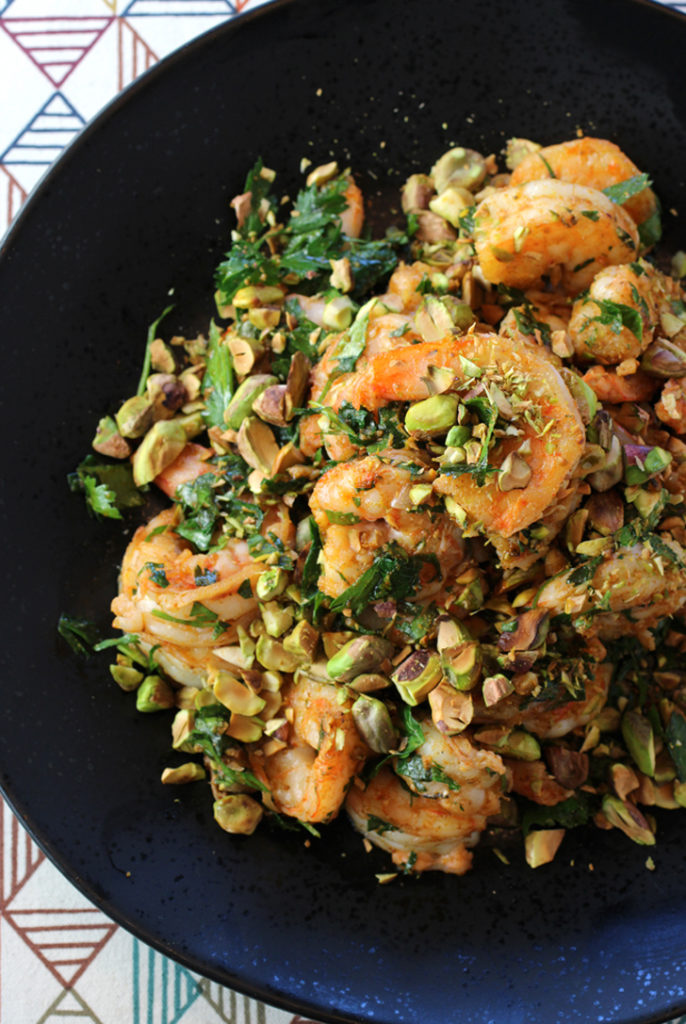
Over the years, I’ve cooked shrimp every which way — grilled, roasted, sauteed, stir-fried, poached, and even sous vide.
But never have I cooked them in a cold pan to start.
Until now.
“Pan-Seared Shrimp with Pistachio, Cumin, and Parsley” presents an intriguing method: You first place all the shrimp in one layer in a nonstick pan on top of the stove. And then, and only then, do you turn on the burner to high.
The recipe is from “The New Cooking School Cookbook” (2021), of which I received a review copy, by America’s Test Kitchen.
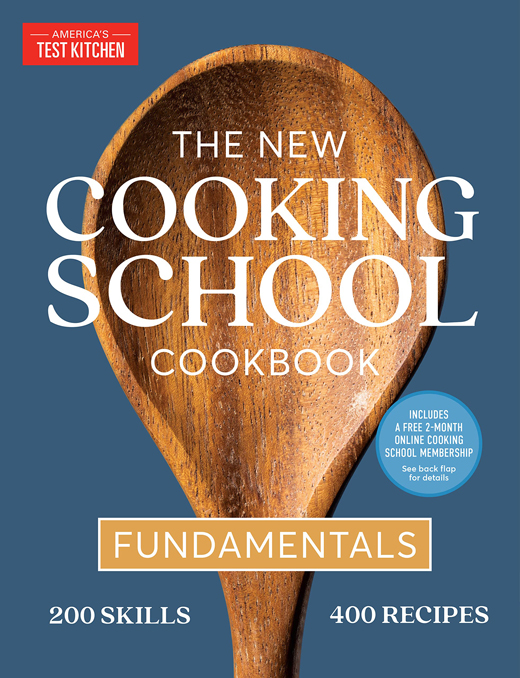
As the name implies, the more than 500 recipes are all technique-driven and even offer interesting science lessons to boot.
For “Crisp Roasted Potatoes,”preheat the empty baking sheet first to jump-start the browning. For “Creamy Parmesan Polenta,” add a pinch of baking soda to help break down the cornmeal granules to release starch faster and more uniformly for the creamiest texture. For the most golden colored “Pan-Seared Salmon Steaks,” dust them lightly with cornstarch before cooking. For the boldest tasting “Lemon Bundt Cake,” use only a tiny amount of lemon juice but a lot of lemon zest that actually gets soaked in the juice.
There are plenty of photos, too, including ones showing you how to hold a knife perfectly, how to best mince garlic, and even how to tell a male scallop from a female one.
In this shrimp recipe, you actually salt the shrimp 15 minutes before cooking to help them retain moisture when cooked. Pat them dry, then coat them in olive oil with a pinch of sugar, which will quicken the browning on the shrimp.
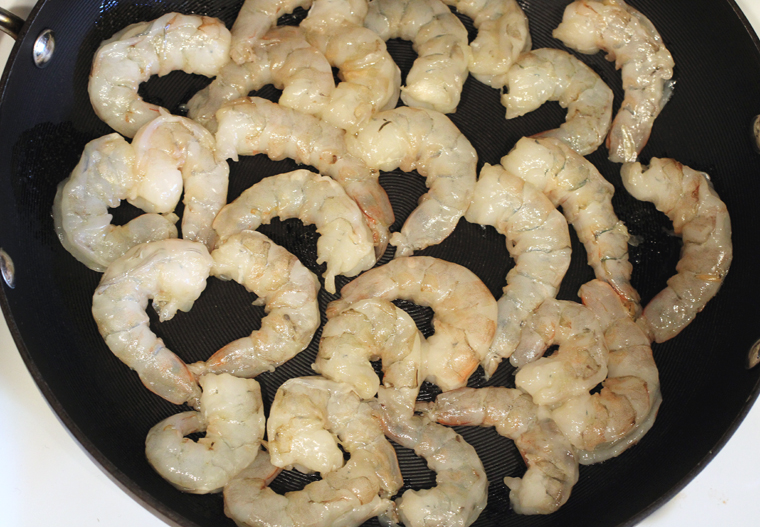
Arrange them in your cold pan, and turn on the heat to high. Leave the shrimp undisturbed for about 4 minutes until the undersides are browned. Remove the skillet from the heat, and immediately flip each shrimp onto their other side. Let them cook in the residual heat until done. The recipe states this will take about 2 minutes. Mine took about a minute longer, so I added that in the recipe.
Remove the shrimp to a platter. Then, stir together garlic, cumin, paprika, and cayenne into the pan over medium heat for a few seconds. Take the pan off the heat, add in the shrimp, as well as fresh cilantro and parsley, and lemon juice. Transfer to a serving platter, and top with pistachios.
The shrimp end up very plump and all evenly cooked without being overcooked. It solves the usual conundrum of heating the pan first, then adding in the shrimp one at at time in a single layer, all the while the first shrimp are already cooking quickly as you’re still adding the last ones to the pan.
The Moroccan-like flavorings are bold — quite smoky tasting and a touch spicy. The herbs add a vital freshness, with the pistachios a lovely toasty crunchiness.
It’s an easy technique definitely worth trying.
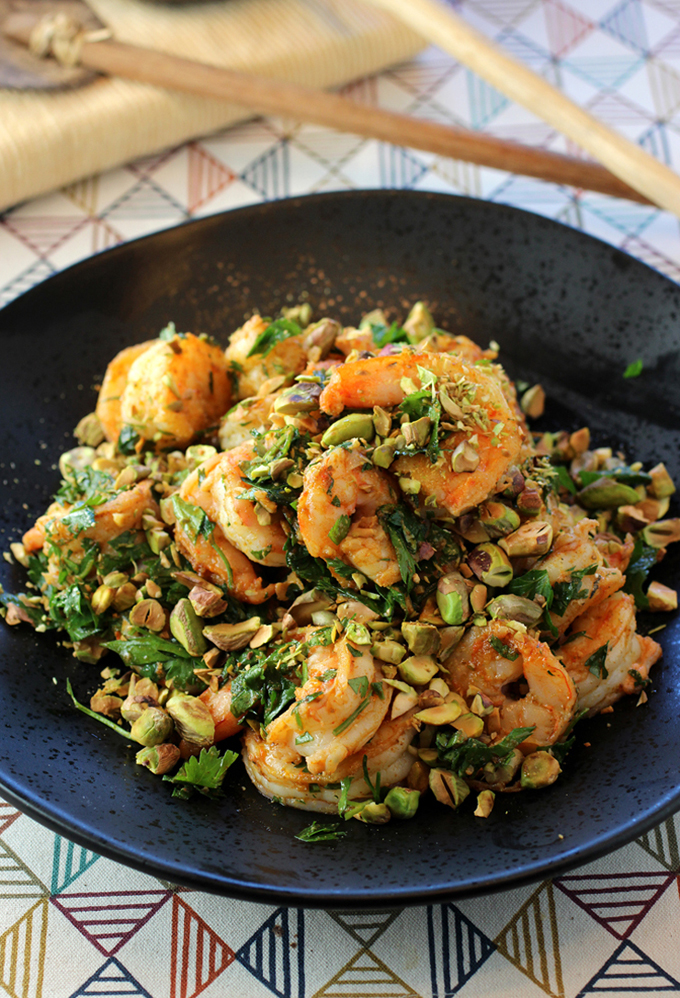
Pan-Seared Shrimp with Pistachio, Cumin, and Parsley
(Serves 4)
1 1/2 pounds extra-large shrimp (21 to 25 per pound), peeled, deveined, and tails removed
1 teaspoon kosher salt, divided
1 garlic clove, minced
1 teaspoon ground cumin
1 teaspoon paprika
1/8 teaspoon cayenne pepper
2 tablespoons extra-virgin olive oil, divided
1/8 teaspoon sugar
1/4 cup fresh cilantro leaves and tender stems, chopped
1/4 cup fresh parsley leaves and tender stems, chopped
1 tablespoon lemon juice
1/4 cup shelled pistachios, toasted and chopped coarse
Toss shrimp and 1/2 teaspoon salt together in bowl; set aside for 15 to 30 minutes.
Meanwhile, combine garlic, cumin, paprika, cayenne, and remaining 1/2 teaspoon salt in small bowl.
Pat shrimp dry with paper towels. Add 1 tablespoon oil and sugar to bowl with shrimp and toss to coat. Add shrimp to cold 12-inch nonstick skillet in single layer and cook over high heat until undersides of shrimp are spotty brown and edges turn pink, 3 to 4 minutes. Remove skillet from heat. Working quickly, use tongs to flip each shrimp; let stand until second side is opaque, about 2 to 3 minutes. Transfer shrimp to platter.
Add remaining 1 tablespoon oil to now-empty skillet. Add spice mixture and cook over medium heat until fragrant, about 30 seconds. Off heat, return shrimp to skillet. Add cilantro, parsley, and lemon juice and toss to combine. Transfer to platter, sprinkle with pistachios, and serve.
Adapted from “The New Cooking School Cookbook” by America’s Test Kitchen
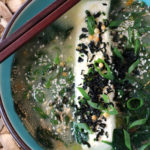
More Recipes to Enjoy from America’s Test Kitchen: Miso Soup with Halibut
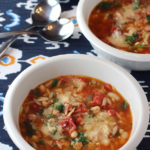
And: Italian Pasta and Bean Soup
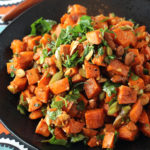
And: Sweet Potato Salad with Cumin, Smoked Paprika, and Almonds

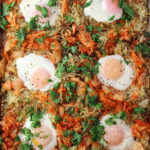
And: Toad-In-A-Hole Sheet Pan Kimchi Hash Browns
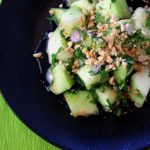
And: Honeydew Salad with Peanuts and Lime
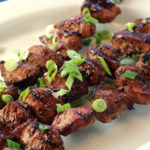
And: Grilled Pork Kebabs with Hoisin and Five-Spice
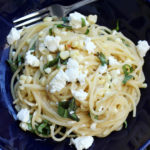
And: Creamy Corn Bucatini Bowl
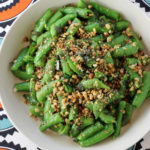

That’s an interesting way to cook shrimp — haven’t done that. Definitely worth trying, though. Lovely recipe — thanks.
Tried this technique just now with a different seasoning/flavor profile and “Mmmmwah!” But, true confession — I completely overlooked the instruction to pre-salt and rest the shrimp ahead of cooking. Fortunately, my version turned out delectably toothsome anyway which leads me to pose the following question. From your extensive culinary experience, Carolyn how does pre-salting the shrimp, in this case purportedly to help them retain moisture, differ from the advice we often see about something like say eggplant or zucchini to salt ahead in order to draw *out* excess moisture? I’m thinking there might be some sort of food chemistry thing where animal protein reacts differently to salt than plant matter does, but…??? Bottom line, with or without the extra salt, I give this method multiple thumbs up and will absolutely be using it (over and over) again for any and all of my shrimp-centric meals.
Hi Carroll: From what I’ve read, I believe the salt on the shrimp acts similarly to what happens when you brine turkey, chicken or pork. It helps keep the protein plumper and moister. Glad you liked the technique so much. I’m definitely using it again, too.